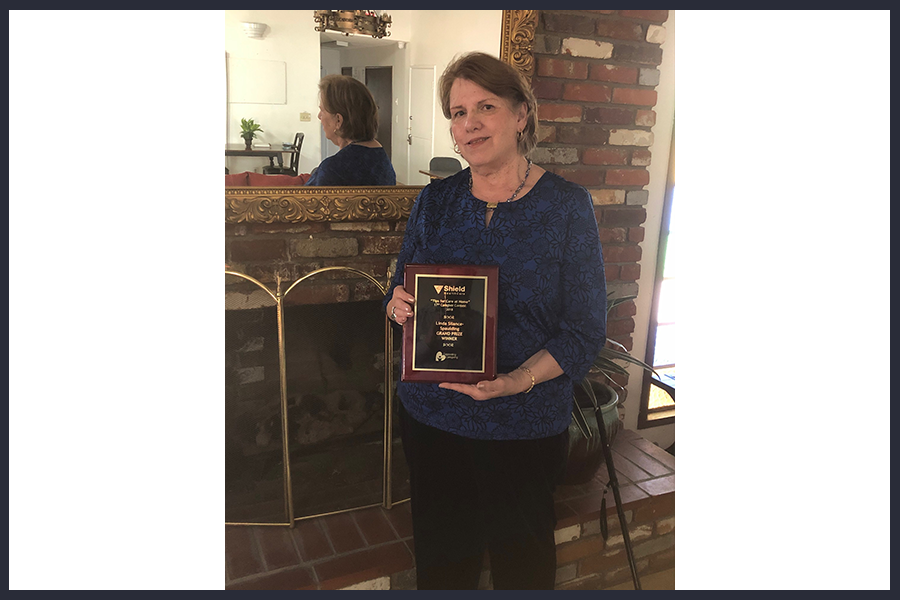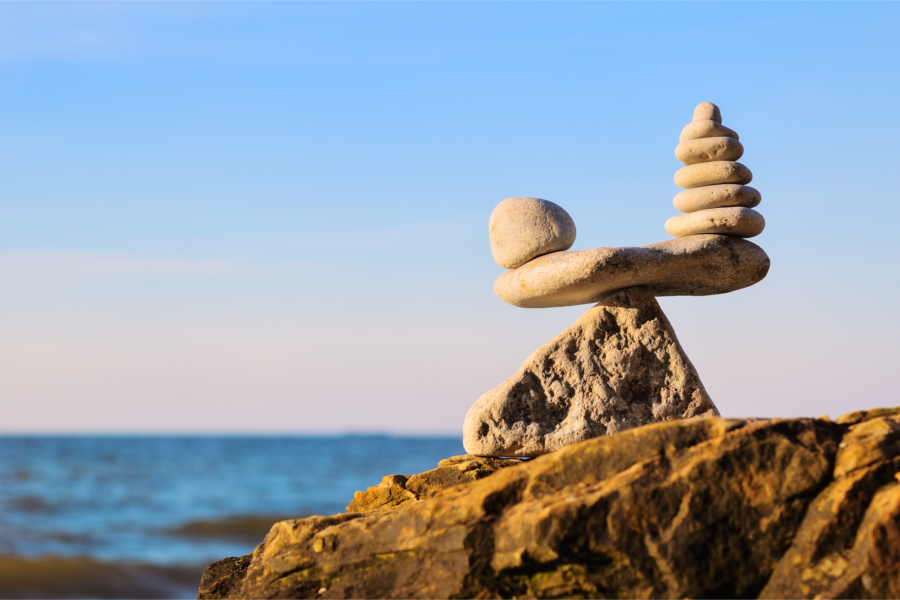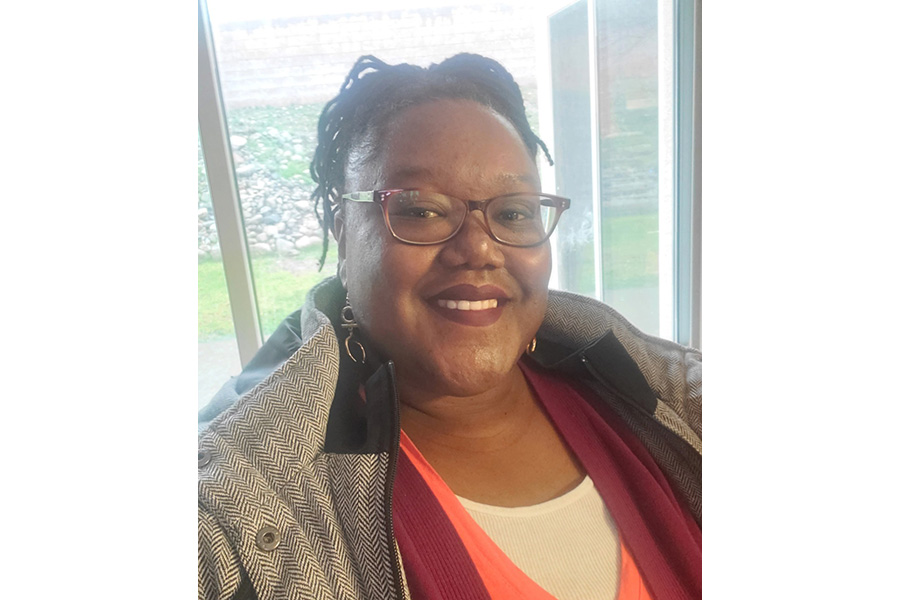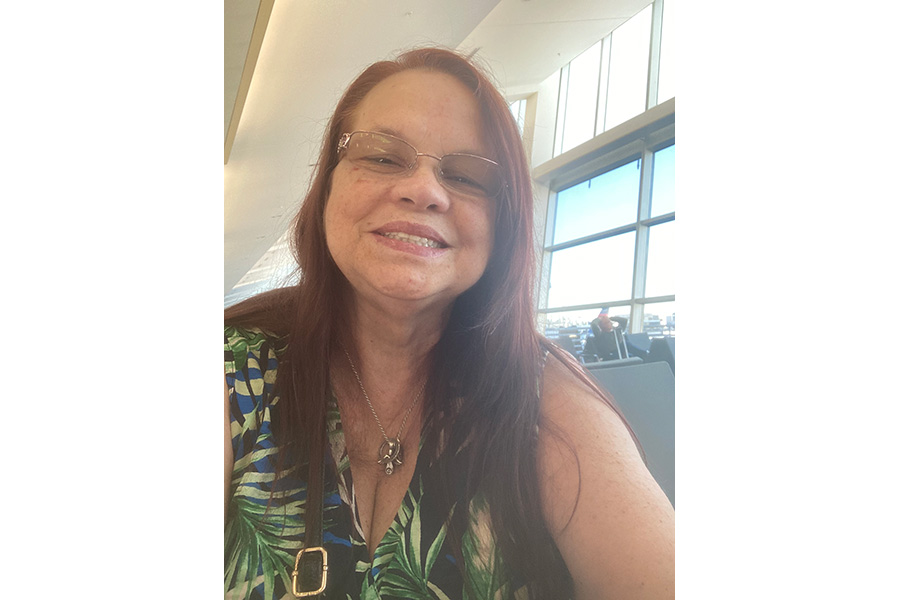ADHD doesn’t end when a person leaves his childhood. Many adults, like myself, are undiagnosed because there was limited awareness back in our time. Instead, we were labeled as forgetful, a space cadet, or quirky. Many adults continue to live with ADHD into their young adulthood and adulthood. Navigating personal and professional lives becomes tricky and the need for intentional executive functioning strategies and systems becomes essential.
Three Common Signs of Adult ADHD:
1. Difficulty Staying Organized
A common sign of ADHD is struggling to maintain organization in day-to-day life and in academic or professional life. There is the struggle to keep track of all the things, which often looks like this:
- Struggling to keep track of assignments
- Keeping track of deadlines and working toward them
- Remember to make payments on bills such as cell phone, car, rent, etc.
- Remember to register for classes or drop a class
- Difficulty maintaining a system for laundry, preparing meals, buying groceries, or cleaning an apartment or space
What it ends up feeling like is having an eternal list of things to do and not knowing when to do them, falling behind, and feeling overwhelmed to somehow catch up. This often results in procrastination, avoiding, and having a to-do list that is so long that it’s not worth it to even get started.
2. Difficulty Sustaining Attention and being Distracted
Have you ever started cleaning up the kitchen after dinner only to attempt to place your shoes in their place and then decide to start sorting through your shoes in an effort to donate the ones you don’t wear any longer?
Does this sound familiar? With adult ADHD, there is the struggle to sustain one’s attention long enough to complete one task from beginning to end. That is, another thought or task quickly becomes of great importance and the shift takes place from one task to another without finishing the first task. Oftentimes, there is the return to the first task after much time has passed on and other tasks have been pursued, may be completed, and maybe not.
This results from distractibility by thought and the novel urge to satisfy the next thought and struggling to keep track of the first task or being unable to inhibit the idea until the first task has been completed.
3. Impulsivity and Decision-Making Challenges
What is impulsivity? Making a decision without fully considering the consequence of that decision. This can manifest itself as making an impulsive purchase, struggling to stay engaged in a conversation in its entirety, or interrupting a conversation and shifting topics suddenly. These impulsive actions often leaves adults feeling as though they are constantly trying to manage their responses or that they’ve over-committed themselves.
Three Strategies for Navigating Adult ADHD
Adult ADHD is real and it can interfere with daily functioning. The goal is to establish systems that work and can be maintained day after day.
1. Create Routines and Find Time Management Tools
As much as ADHD thrives on novelty, it is of key importance to create structured routines that can be followed each day. That is, make use of calendars, either paper-based lists or to-do apps to keep track of daily tasks.
- Set alarms and put them on repeat for tasks that you may struggle to remember.
- Set up your environment so that there are visual cues along the way to pick up or take what you need as you are walking out your door.
- Plan ahead and prepare a school bag or work bag the night before so there is no scurrying in the morning.
- Break down tasks into smaller tasks with time limits to avoid feeling overwhelmed
2. Set Up a Distraction-Free Study/Work Environment
Clutter or a workspace that has too many items on the surface can be distracting and promote procrastination.
- Create a workspace between two walls and avoid being seated by a window.
- Place all items inside your desk or in another space. Your desktop should be empty.
- Turn off all notifications on your phone or computer
- If you have the urge to pick up your phone when you are struggling to complete a task or assignment, place your phone in another room
- Use noise-cancellation headphones or listen to music that will improve your focus (e.g., meditation music for focus, or classical tunes).
- Set specific goals that are achievable within 15-minute increments. For example, if you are cleaning your room, identify 1-2 tasks and;
3. Move!
One way to improve focus is to move. Incorporate walking, stretching, or standing while working to help boost concentration and decrease restlessness. Movement further helps increase blood flow to the brain, build mental clarity, and improve mood. Moving before writing a paper, studying for an exam, or sitting down to make payments on bills will help to create focus and concentration. Small bursts of movement such as running in place or jumping jacks can be used when focus decreases and restlessness increases.
Adult ADHD manifests itself a little bit differently than it can during childhood and adolescence. Understand your unique needs and find the strategies and the systems that can help get through your specific routines and daily needs, which ultimately creates less distractibility, improved focus, and thriving in all domains of life.






















